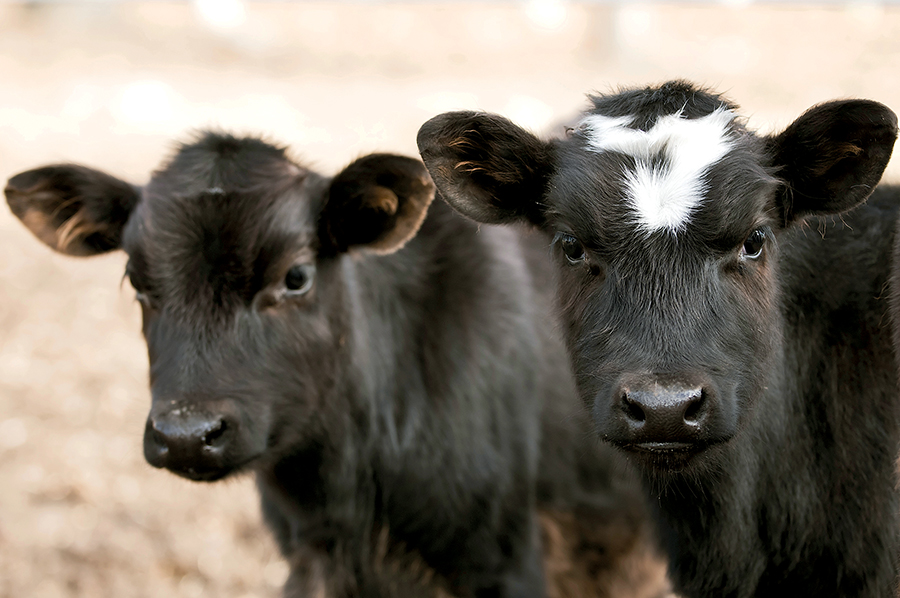How to optimise calf housing
25th October 2024
Housing management of pre-weaned calves strongly impacts health, welfare, and profitability. Dr Tiffany Etherington, of Westpoint Farm Vets, shares advice.

The two major causes of mortality and poor performance in calves are pneumonia and scours. These diseases can often be prevented by providing calves with a clean, dry, and well-ventilated environment.
Grouping and space: Newborn calves can be housed either individually or in groups, however it is compulsory to group house calves over eight weeks of age.
Group pens improve behavioural development and are associated with increased growth rates. Despite this, it is important to remember that sick animals present a disease risk to others in the group. In these circumstances, sick animals should be managed appropriately and isolated in individual pens.
Calf pens should be large enough that they can exhibit normal behaviours such as standing up, lying down, stretching, and turning around to groom. The minimum pen size per calf for individual pens (according to Red Tractor Assurance Standards 2017), is:
- 1m x 1.5m for calf weight of <60kg
- 1m x 1.8m for 60–80kg.
The minimum pen size per calf for group pens is: - 1.5m2 for calf weight 50–84kg
- 1.8m2 for 58–140kg
- 2.4m2 for 140–200kg.
Hygiene: Good hygiene practices prevent the build-up of disease-causing pathogens within the environment and maximise calf performance. Feeding equipment should undergo a thorough cleansing and disinfection protocol and be left to dry prior to subsequent use. Calf pens should be mucked out and disinfected as frequently as you practically can, and fresh bedding added regularly to provide comfort and warmth.
Ventilation: Good ventilation is essential in preventing respiratory disease as this helps to remove stale, damp air. Cobwebs in calf sheds are often a sign of poor ventilation. Whilst fresh air and good ventilation is vital, it is important to avoid draughts particularly when housing young calves. The target wind speed within a calf shed is 0.2m/second. Excessive wind speed at animal height will cause wind chill and should be avoided.
Temperature: Providing calves with effective barriers to draughts such as places to shelter, bedding and calf jackets, will protect them from cold stress. As soon as night temperatures drop below 15⁰C, calves use energy from the milk to keep warm rather than grow. Growth rates will then fall, and calves will become more susceptible to disease. During the colder months ahead, make sure to supply plenty of dry straw bedding to allow calves to nest and help keep them warm.
The Animal Health and Welfare Pathway is a good opportunity for your vet to perform a housing assessment to help identify problematic areas and provide solutions to reduce disease challenge within the calf shed. Contact your vet to discuss this further.
Read more livestock news
